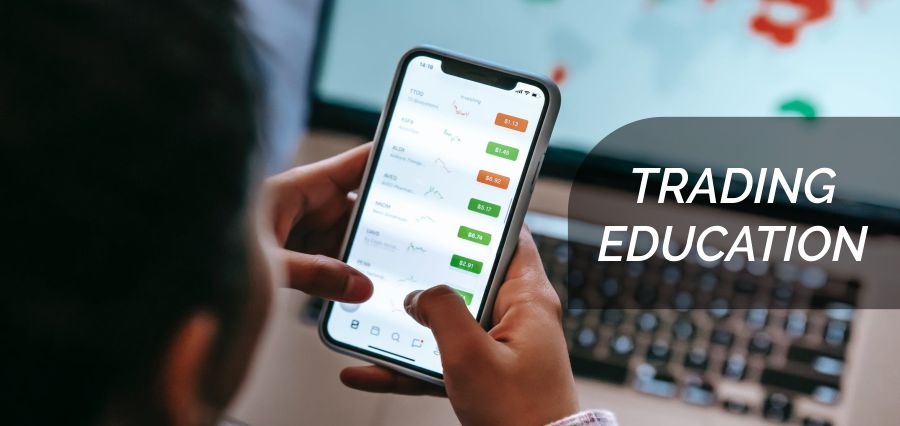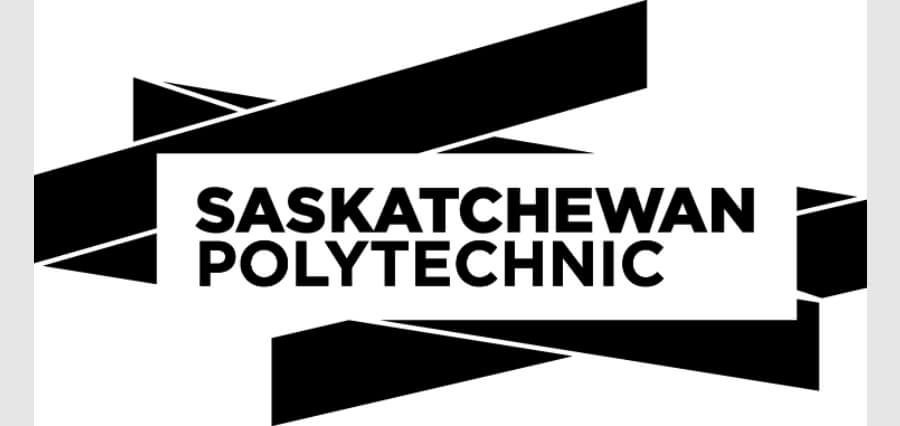If you’re new to the forex market, it’s all too easy to find yourself dazzled by the headline numbers. From its total market value of more than £2 quadrillion to a daily trading volume of $6.6 trillion each day, it’s a space that has become an increasingly popular and lucrative space.
However, this can encourage many novices to enter the market without the necessary knowledge or preparation, making it hard to sustain a viable profit or avoid seismic losses over time.
But what exactly is forex trading, and what are the key considerations when starting out within the market? Let’s find out.
What is Forex Trading and its Core Products?
The forex market sees international currencies traded and exchanged in real-time, in the form of pairs that feature a base and a quote currency.
With this in mind, the full list of forex products includes the various major, minor and exotic currency pairs from across the globe, with the market comprising 170 currencies overall.
The most widely traded currencies are categorised as ‘major’, with these seven assets accounting for up to 68% of the forex market’s total trading volumes. Each of these feature the US dollar (USD), which is paired with the Euro, Japanese yen, British pound, Swiss france, Canadian dollar and the Australian dollar.
From these pairings, the EUR/USD is the single most dominant, accounting for as much as 24% of all daily forex trades as recently as 2019.
What Types of Forex Account are Available?
The range of accounts offered by forex brokers varies from one platform to another, although there are standard account options available across the board.
For example, the majority of platforms offer access to a demo account, which can be used for between three and six months and offers users access to a simulated, real-time and risk free trading environment.
Similarly, you may be able to open a forex bonus account as a new trader, with this offering you access to free trading funds and various other types of promotion.
You may also access ‘pro’ and ‘classic’ accounts through your chosen trading platform, each of which requires a minimum deposit of £100 and the USD, EUR and GBP as available base currencies.
With a VIP account, there’s no minimum deposit, but you’ll have to maintain a balance of at least £50,000 in this instance. This offers a maximum leverage of 1:500, enabling you to open real-time positions that are considerably larger than your initial deposit amount.
How to Get Started in This Marketplace
To get started, you’ll first need to build a solid base of theoretical knowledge. This can be garnered from books, seminars and online tutorials, but the key is to understand the basics of the market and establish a keen sense of determinism.
The next step is to register with a broker and make use of your demo account, which allows you to hone your best theoretical strategies and test them in a practical setting.
However, you won’t have to risk your hard-earned capital when trading through a demo account, enabling you to learn and practice in an entirely risk-free environment.
This also allows you to experiment with different assets and styles of trading, in line with your capital holdings and risk appetite.
On a final note, we’d recommend starting with just one or two major currency pairs, before looking to diversify in line with your experience and profitability. Over time, you can even look to move into alternative markets and asset classes, making it easier to optimise your returns as a trader.









